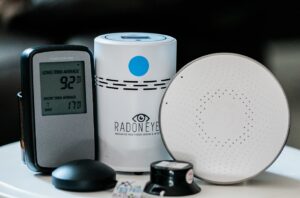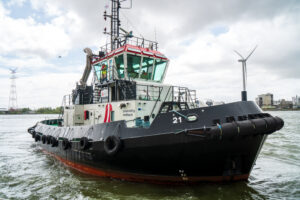Stockholm to ban petrol and diesel cars from start of next year
Stockholm’s plan to introduce an ambitious low-emission zone across a large part of the city centre is to go ahead, having passed its final vote in Stockholm City Council on Monday.
From December 31st 2024, 20 inner city blocks will be restricted to low-emission vehicles in an effort to improve air quality – and Stockholm’s definition of low-emission is stringent.

The only vehicles allowed in the new zone will be battery electric and fuel cell vehicles, along with biogas and natural gas vehicles which meet the Euro 6 emission standard.
Plug-in hybrid heavy vehicles meeting the Euro 6 emission standard will be allowed , but not plug-in hybrid passenger cars. Needless to say, all petrol and diesel vehicles will be prohibited.
Lars Strömgren, Vice Mayor for Transport and Urban Environment, City of Stockholm said: ‘Communities all over the world are demanding greener cities with vibrant pedestrian streets, cleaner air and less traffic noise. Stockholm is proud to be a leader of the transition to a future built for people, rather than fossil fuels.’
Air pollution in the city of Stockholm has been a long-standing problem. Medical research shows that children living near Stockholm streets with high emissions have reduced lung function from as early as six months of age.
Stockholm’s low-emission zone will be the first of its kind. However, many major cities are taking similar actions to combat pollution, collaborating to design effective policies. The Cities of Paris, Milan and Copenhagen welcome the Stockholm initiative.
Anne Hidalgo, Mayor of Paris said: ‘This is a significant moment for Stockholm and the global community committed to reducing car dominance and shifting to cities that put people first. In Paris, fewer than five percent of trips are made by private car. We have achieved this by investing significantly in walking and cycling infrastructure and encouraging people to use cars less. Later this year, we will introduce a limited traffic zone across the city centre to prevent through traffic and further encourage drivers to make alternative sustainable travel choices.’
Giuseppe Sala, Mayor of Milan added: ‘I am inspired by Stockholm’s plans to introduce one of the world’s most ambitious low emission zones later this year. This is another example of the global movement of mayors and cities prioritising space for people over cars, reducing the number of polluting vehicles on our streets, and protecting residents’ health. In Milan, our low emission zone, Area B, targets the most polluting vehicles to improve air quality and health. We are aiming to have a diesel-free city by 2030 while simultaneously providing more alternative options to travel around the city by increasing and improving public transport and the network of cycle lanes.’
Sophie Hæstorp Andersen, Lord Mayor of Copenhagen said: ‘Good news for our friends and neighbours in Stockholm! Low- and zero- emission zones are an important tool to reduce congestion, transition to electric traffic and decrease pollution in major cities. In Copenhagen, we have been fighting for several years to change the law so that we can make our historic city centre a zero-emission zone. I hope other major cities around the world will follow the example of Stockholm and Copenhagen so we can accelerate the green transition of traffic. My ultimate goal is to make Copenhagen a fossil-free city by 2030.’














